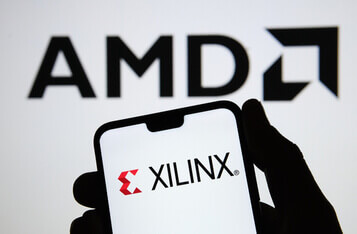OpenAI Unveils Advanced Embedding Models with Cost-Effective Solutions
OpenAI has introduced a significant update to its range of embedding models and API tools, marking a noteworthy advancement in the field of artificial intelligence. This article provides a comprehensive overview of the new models, their implications, and the impact they have on developers and users.
Introducing New Embedding Models
OpenAI has unveiled two new embedding models, named text-embedding-3-small and text-embedding-3-large. Embeddings are sequences of numbers representing concepts within content like natural language or code, making it easier for machine learning models and algorithms to understand relationships between different elements. The new models offer varied dimensions – 512, 1536 for the small model, and 256, 1024, and 3072 for the large model, catering to diverse computational needs and efficiency requirements.
Cost-Effectiveness
A standout feature of this update is the significant cost reduction. The new models are priced up to 80% lower than previous models. This pricing strategy aims to make advanced AI tools more accessible to a broader range of developers and users, fostering innovation and creativity in AI applications.
Technical Challenges and Solutions
The introduction of new models with varying dimensions presents certain challenges, especially for developers utilizing pgvector-extensions for storing embeddings. The primary concern is how to manage multiple vector dimensions within the same database table while maintaining efficient query mechanisms. Strategies to address this include padding existing vectors to fit the maximum required dimensions and creating multiple columns or tables for each dimension size. These approaches, while not without their challenges, reflect the evolving nature of AI development and the need for adaptable database management practices.
Broader Implication
The release of these models is more than a technical update; it signifies a shift in OpenAI's approach to making AI more accessible and cost-effective. By reducing the economic barriers to entry, OpenAI is encouraging a wider adoption of AI technologies, potentially leading to more innovative uses and applications across various industries.
Conclusion
OpenAI's new embedding models and API updates represent a significant step forward in the AI industry. By offering more efficient, versatile, and cost-effective solutions, they are paving the way for broader experimentation and application of AI technologies. As the AI landscape continues to evolve, these updates highlight the importance of continuous innovation and accessibility in the field.
Image source: Shutterstock






